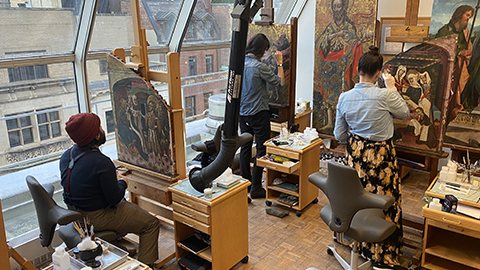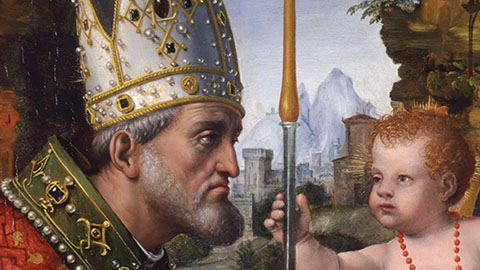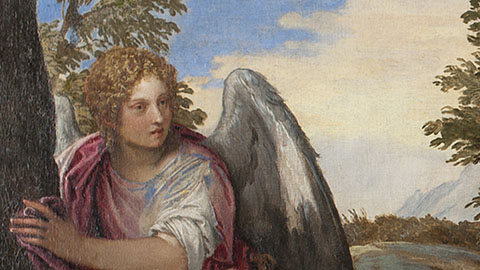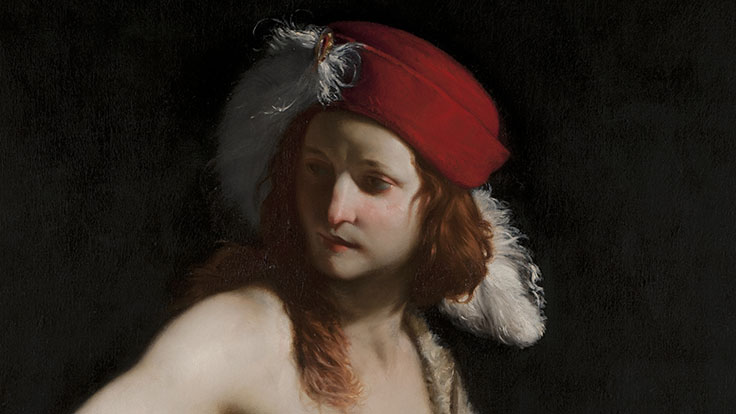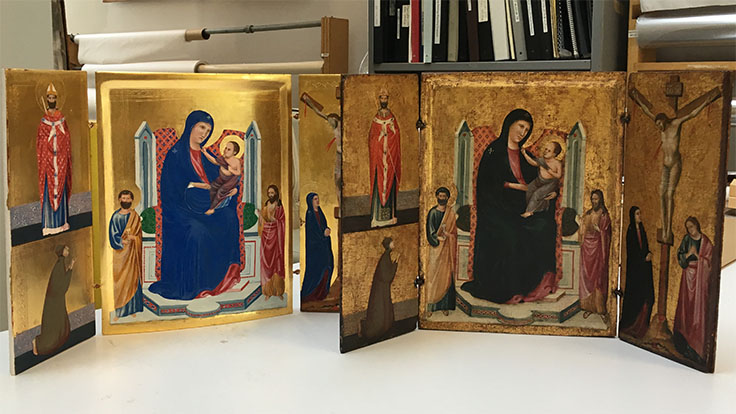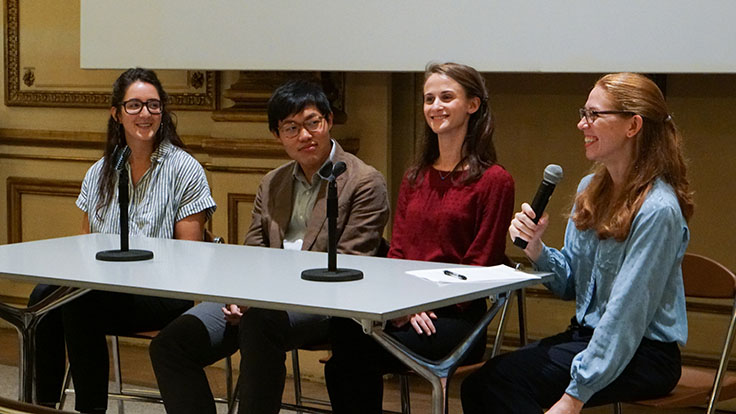Jusepe de Ribera
Jusepe de Ribera
1591-1652
Little is known of jusepe de Ribera's early years except that he was born in Játiva, the son of a shoemaker, probably in 1591. He is sometimes thought to have been a pupil of Ribalta at Valencia. At an early age, c. 1610, Ribera left Spain for Italy, first to Lombardy. He then probably traveled to Parma, where he studied Correggio's works before settling in Rome where he was influenced by Raphael, the Carracci, Reni, and most important of all, by Caravaggio. The artist established permanent residence in Naples by 1616, where he was influenced even further by works of Caravaggio and his Neapolitan followers. Ribera's earliest dated works are his brilliant etchings of 1621; his first dated painting is of 1626, when he was already a member of the Roman Accademia di San Luca. He enjoyed great popularity with the Spanish viceroys of Naples and was appointed painter to the Count of Monterrey. Many of Ribera's works were sent to Spain, where his dramatic chiaroscuro was much admired and imitated. Towards the end of his life, his popularity declined. His last years were spent in sickness and near poverty. One of the most important Spanish painters of the century, Ribera excelled as a portraitist and painter of genre and religious subjects; he was a founder and leader of the 'Neapolitan School'. Critics have stressed that, despite his admiration for the Italians, Ribera's art remains uniquely Spanish in his fusion of realism and mysticism, especially in his religious scenes. The more brutal aspects of his art led Lord Byron to write in Don Juan (XIII, 71), 'Spagnoletto tainted / his brush with all the blood of all the sainted.' Ribera's large studio in Naples included Giovanni Do, Fracanzano, Bartolommeo Passante, and most notably, Luca Giordano, whose early style is often confused with the Spaniard's.
| Image | Artist | Artwork Title | Date | School | K No. | Repository |
|---|
Results per Page:

